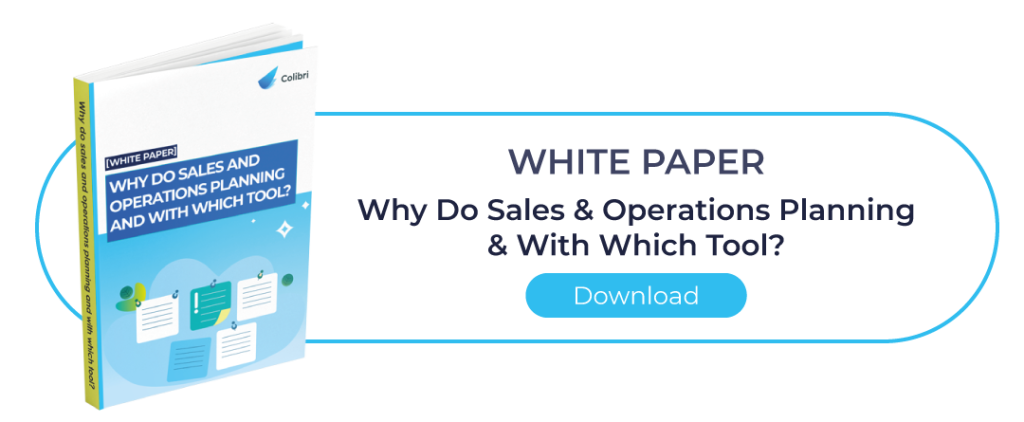In the logistics and supply chain sector, the service rate is an essential indicator (KPI) of quality for customers. It calculates the number of orders delivered compared to orders placed. Between Target Service Rate and Actual Service Rate, discover why this calculation is necessary and how to improve it through 5 tips.
Service rate: definition
Also known as the Logistics Service Rate, the Service Rate measures the difference between orders placed and the rate of orders delivered on time over a selected period. This final indicator is the actual Service Rate and must be set against the target Service Rate, i.e., the initial target, to assess performance.
In its entirety, this indicator determines the efficiency of the production chain and, therefore, the service provided to the customer and his satisfaction. For the supply chain manager, this information is crucial and contributes to the continuous improvement of the chain.
Calculating the Service Rate
The calculation of the Service Rate is done over a period that depends on the company’s organisation. However, it must be based on an extended period to obtain a correct overview and not a moment T (where increases and decreases can be explained by cyclical events rather than by the company’s efforts). So, a Day Service Rate will be of little value, unlike a week or even a month, for a broader and more coherent view.
Once this period has been chosen, it is easy to calculate the actual Service Rate:
| The number of complete order lines without delay and returns delivered divided by the total number of order lines placed |
The notion of partial order lines can also be included in the calculation to weight this indicator.
Note: the number of elements that make up the calculation is straightforward, but all these elements may be considered differences in each type of company depending on the business or company strategy. It is, therefore, necessary to take the time to get together and think carefully about the construction of this indicator.
Service rate: a lever for supply chain strategy
Before improving the service rate, it is necessary to know the target service rate.
This is related to the business rules and SC strategy of the company. For example, achieving a 100% service rate on 100% of products will result in huge and probably unnecessary stock.
- The first step is to categorise your products (volume, rotation, turnover, margin, strategic or non-strategic) to define the service rate you want to achieve for each defined category. For example, a strategic item with high added value will have a 99% service rate target. A low turnover, non-strategic item will have a 70% service rate. These values will directly define the safety stocks and the average target stocks.
- The next step will be to measure the actual service rate to have action plans to ensure that the defined targets are met.
- Please see our article on safety stocks, defined in terms of forecasts, forecast variability and target service rates.
Service rate: 5 levers to improve it
1 being perfection, you probably haven’t reached it. However, it is possible to enhance your Service Level to bring it closer to this goal. Here are 5 tips to put into practice in your supply chain.
1. Optimise your stock management
As the Service Rate is an indicator directly linked to stock management, it is essential to optimise its management today.
To do this, first, carry out an ABC analysis to establish management rules according to the strategic importance of the products. Depending on the A, B or C categorisation that you have defined beforehand, you can prioritise this or that product according to turnover, margin, or volume.
Good stock management aimed at improving the service level involves setting up a safety stock. This enables all unforeseen events to be dealt with at a level of stock adapted to meet the variability of demand while maintaining a balance to manage overstock.
Finally, the stock cost should be compared with the price of stock-outs and then set against the target Service Level.
2. Improve sales forecast’s reliability
Achieving a good Service Level is about finding a balance in the supply chain, again with sufficient stock to cover customer demand. And this, without being in surplus and tying up cash unnecessarily, thanks to a better assessment of demand through the sales forecast. In other words, a strategy that is as close as possible to the end customer’s expectations.
3. Anticipating needs to reduce the breakage rate
Having reliable forecasts is good, but having reliable estimates for the short, medium, and long term is better. Forecasts for the next 24 months make it possible to anticipate needs in the distant future, which helps give advance notice to suppliers (particularly those with a long lead time) and plan supplies with a strategic vision. In addition, anticipation reduces the rate of breakage and improves the Service Rate.
Another advantage, and not the least, is that it avoids emergency breakdowns in the supply chain.
4. Promote communication between the links in the chain
The Service Level depends on the operational level, which depends on the strategic decisions taken upstream. It is, therefore, crucial to foster communication between all the players in the supply chain so that they have the information they need and are working in the same direction. The need for consensus among all the players is essential for decision-making in each chain link.
5. Adopt a multi-module and collaborative S&OP tool
For communication to flow smoothly and achieve a better Service Level, the right tools must be made available to its employees. With S&OP (Sales & Operations Planning) software, the Supply Chain relies on reliable information shared in real-time to make strategic choices based on a consensus. To improve the service rate, the tool must be collaborative and multi-module. Only then can customer demand be met with a satisfactory Service Level Agreement. You will also gain another essential front: employee satisfaction, thanks to an improved experience.
Colibri is an innovative Sales & Operations Planning software because it is collaborative and multi-moulded. Thus, demand planning, supply planning and strategic planning are based on a single tool to communicate and unify information. In this way, the supply chain becomes agile, reactive, and much more efficient, leading directly to improving the real Service Rate. You will always have to improve before you have a Service Level of 1. And for that, S&Op Colibri software helps you: contact us!







